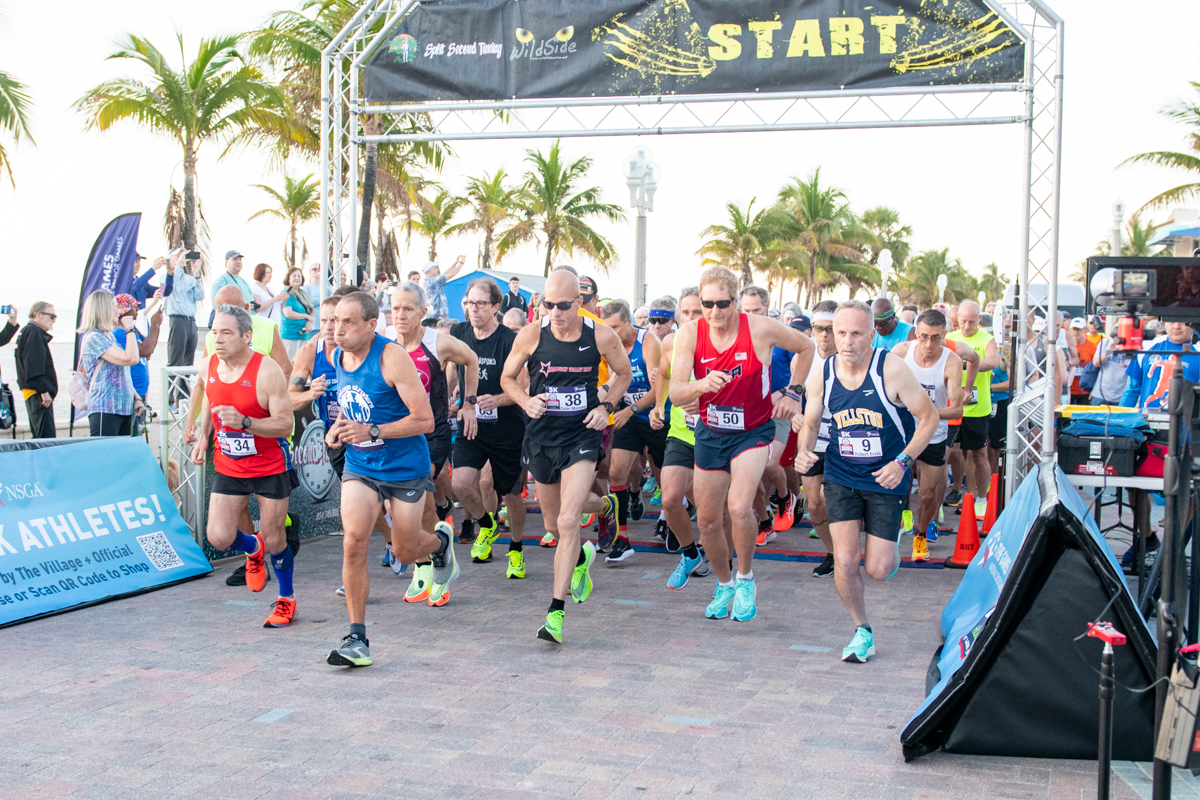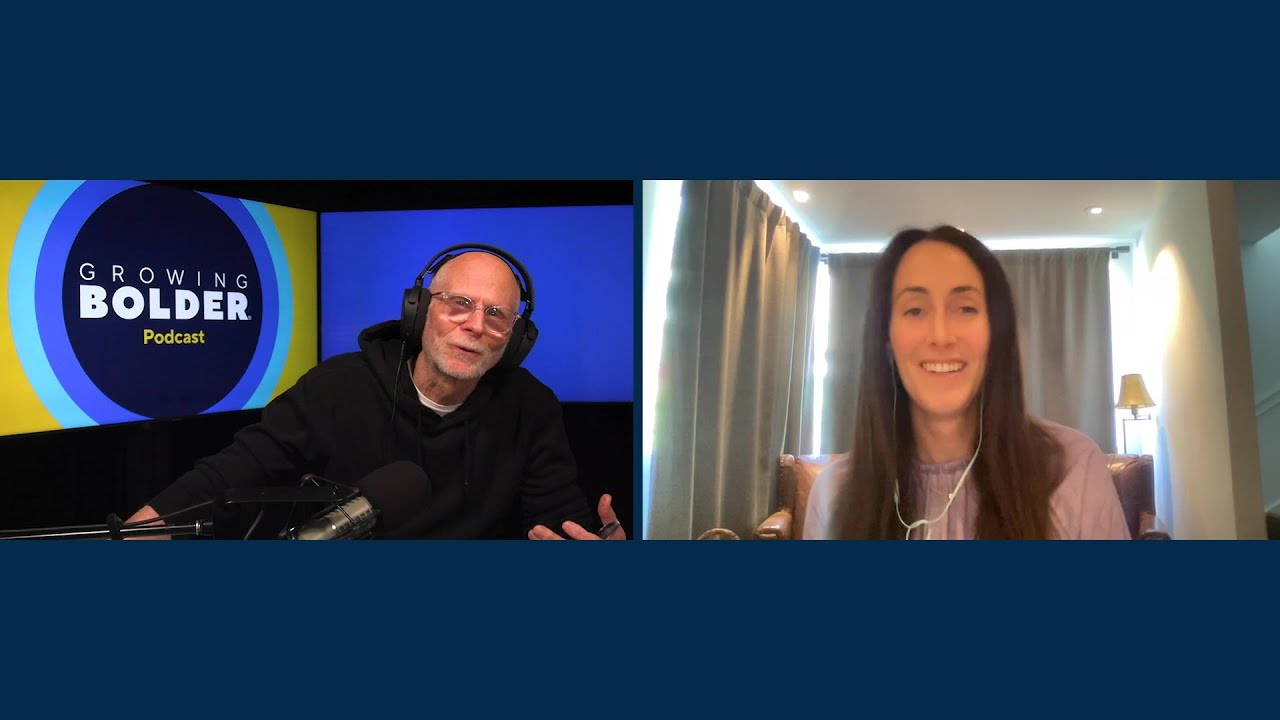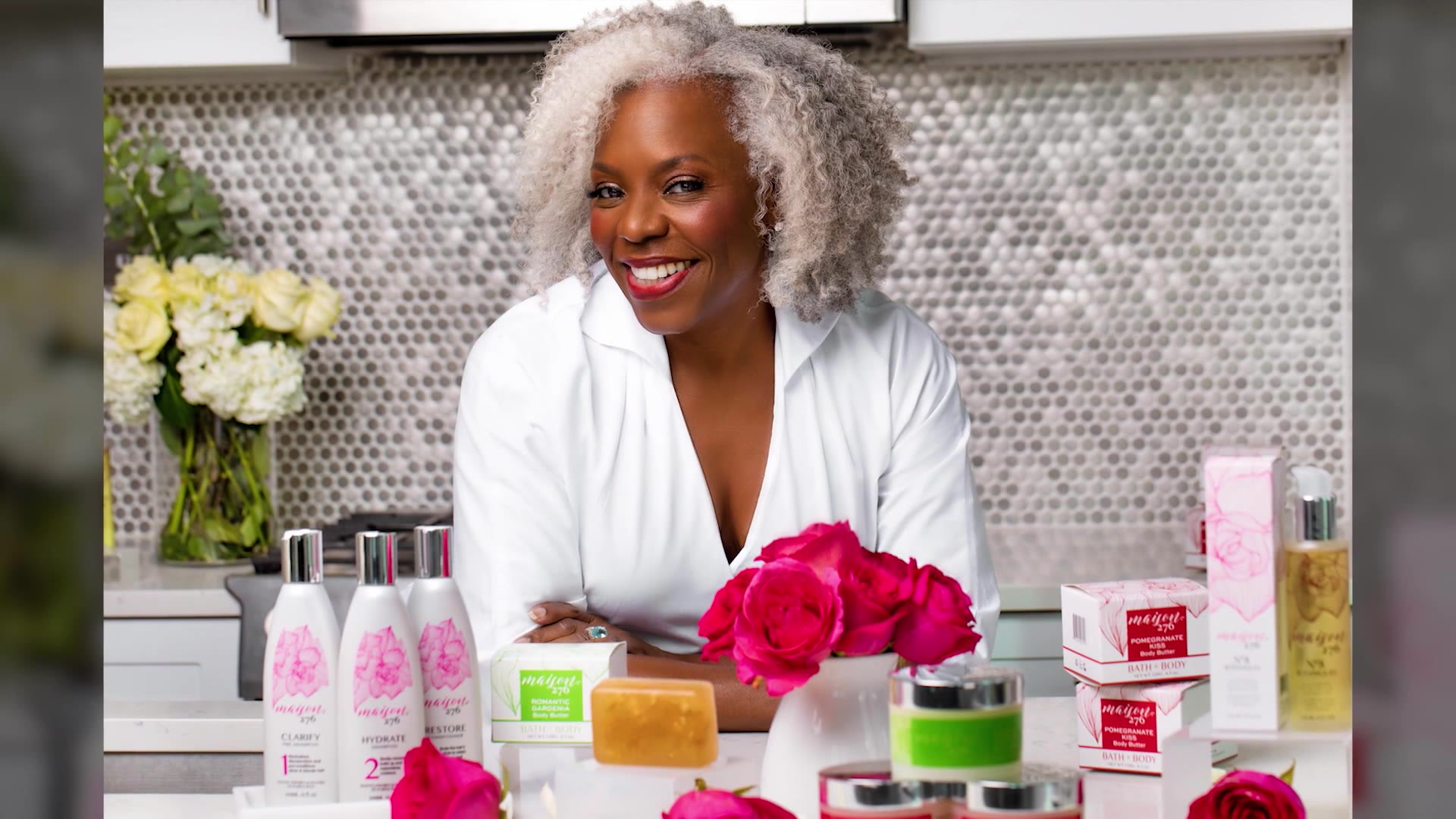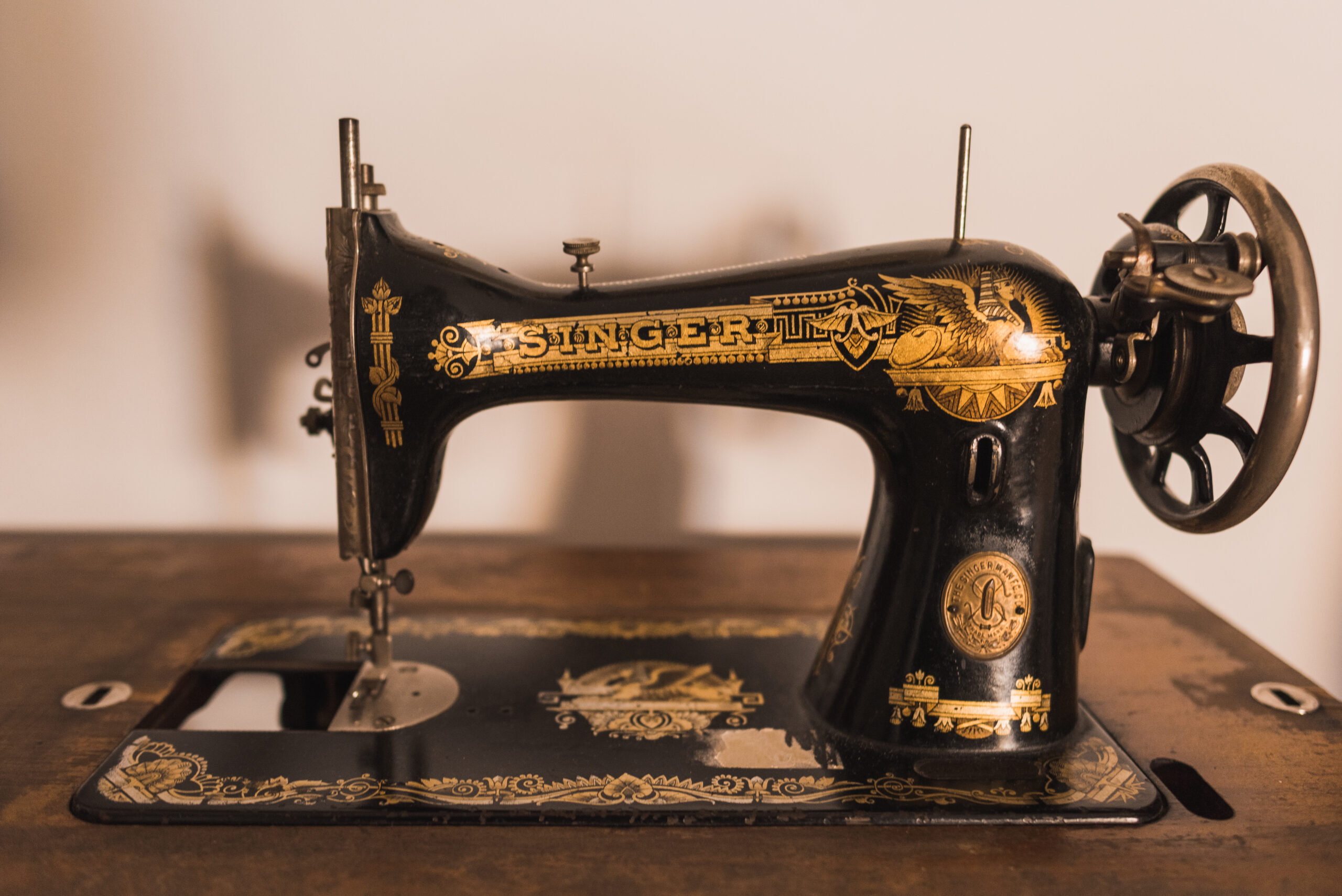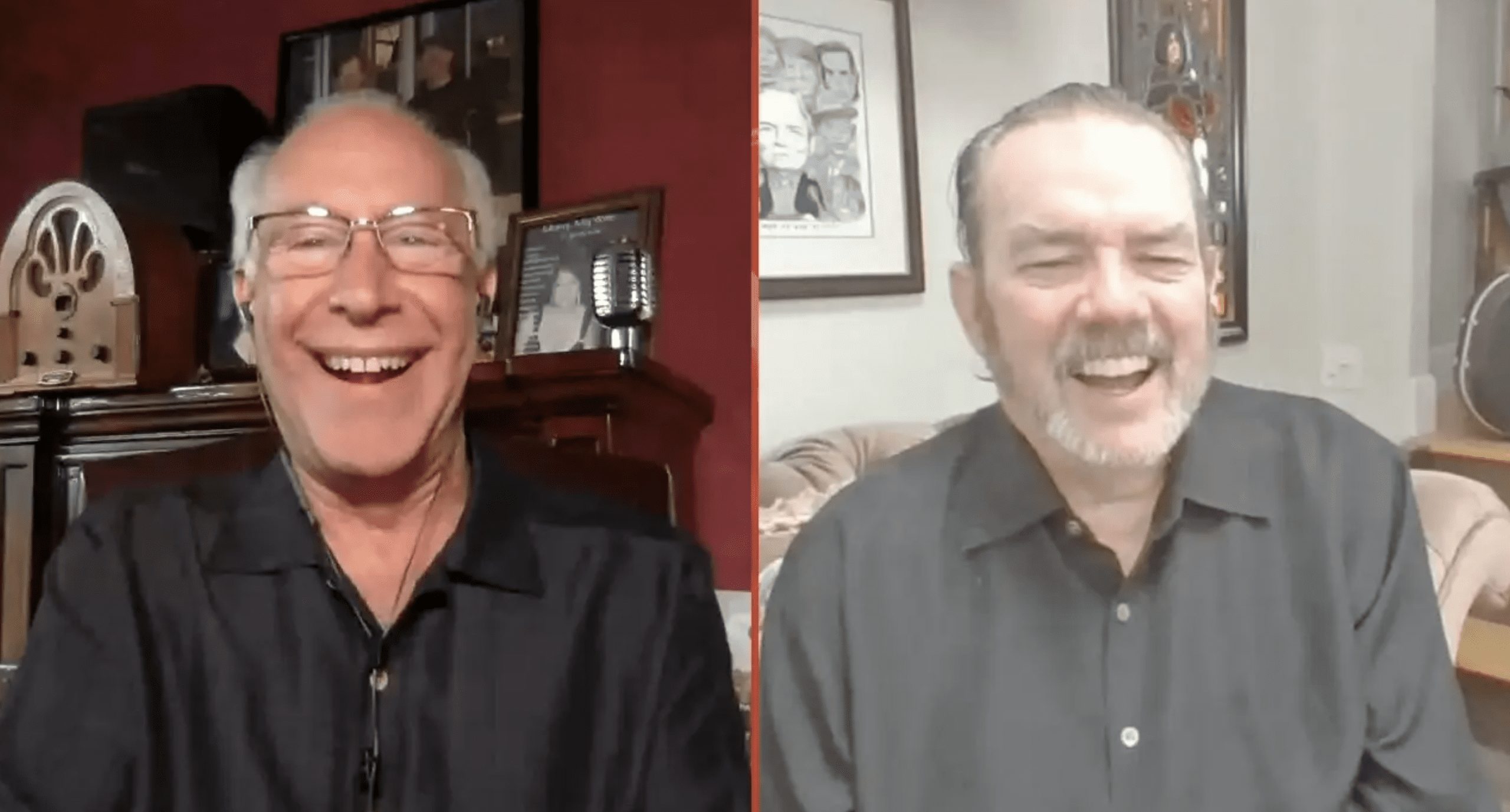Last Updated on April 2, 2025
Physical Wellness is one of the International Council on Active Aging’s Seven Dimensions of Wellness and it isn’t just about exercise. It’s about the lifestyle choices we make daily: what we eat, how we sleep, and how we manage stress. It’s adapting to our individual lifestyles and finding a way to keep moving forward.
What’s possible if we make healthy lifestyle choices every day? Growing Bolder has interviewed hundreds of men and women in their 90s and 100s who are still living alone, still actively engaged in life, and still enjoying every day. What we learned is that there is no secret. Studies have shown that 80% of how long we live is determined by our daily lifestyle choices and only 20% by our genes. Active longevity is achieved by men and women who are as diverse as any group could be. What they share are healthy daily lifestyle choices that support physical wellbeing.
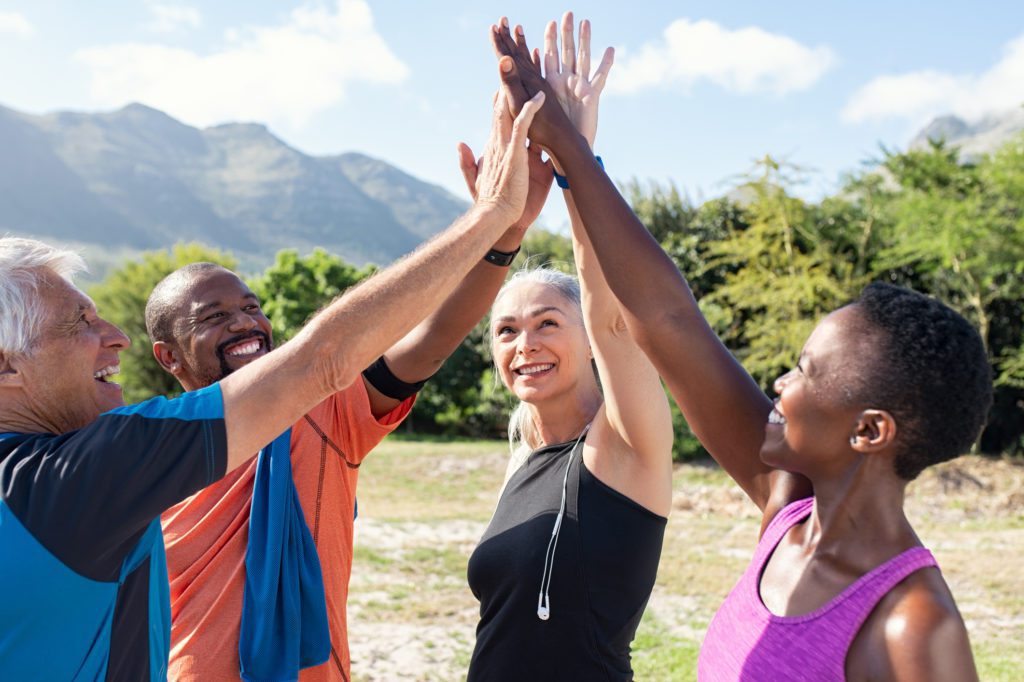
Important Benefits of Movement to Physical Wellbeing
- Increases energy levels.
- Slows loss of muscle mass and bone density.
- Produces endorphins which not only improve our mood but also reduce stress, anxiety, and depression.
- Helps us live independently for as long as possible.
There is growing evidence that overall physical wellbeing also “prehabilitates” us, leading to a reduction of complications and a faster recovery after illness or surgery. According to the CDC, seven of the 10 most common chronic diseases can be prevented through regular physical activity. Unfortunately, 80% of U.S. adults are not meeting the key guidelines for physical activity.
Even if it’s difficult to climb stairs or walk, there are many other types of beneficial physical activity.
- Chair Exercises
- Desk Exercises
- Exercises for People with Disabilities
Talk to your doctor before you begin a new physical activity. Looking for inspiration? Here are two examples of ordinary people living extraordinary lives.
Andy Leighton
75-year-old Andy Leighton was diagnosed with Parkinson’s disease more than a decade ago. “It didn’t just put me on my heels, it knocked me on another part of my anatomy,” Leighton recalls. “It stopped me dead in my tracks from confusion, depression, and fear.” Parkinson’s made it more difficult to control his movements, but Leighton didn’t stop moving. He doubled down and began playing pickleball. “My neurologist tells me, that moving is not like medicine. It is medicine. So, the more moving I do, the better it is.”
Stephanie Walsh
74-year-old Stephanie Walsh uses dance to not just keep moving but to keep moving forward whenever she faces one of life’s never-ending challenges. “Dance has really helped me get through a lot of things in my life. I’ve always had that to turn to when I need a lift. Unfortunately, a lot of seniors become stagnant. They’re afraid to try anymore. And I just want to say, ‘You can do it. You can do whatever you want.’ Movement is such a big boost. It makes you smile.”
Humana and the ICAA are dedicated to helping you on your journey to whole-person health. Click here to download our complimentary Playbook for Active Aging: 7 Keys for Whole Person Health. Inside, you’ll find tips to help start your own journey to “prehabilitation.”

